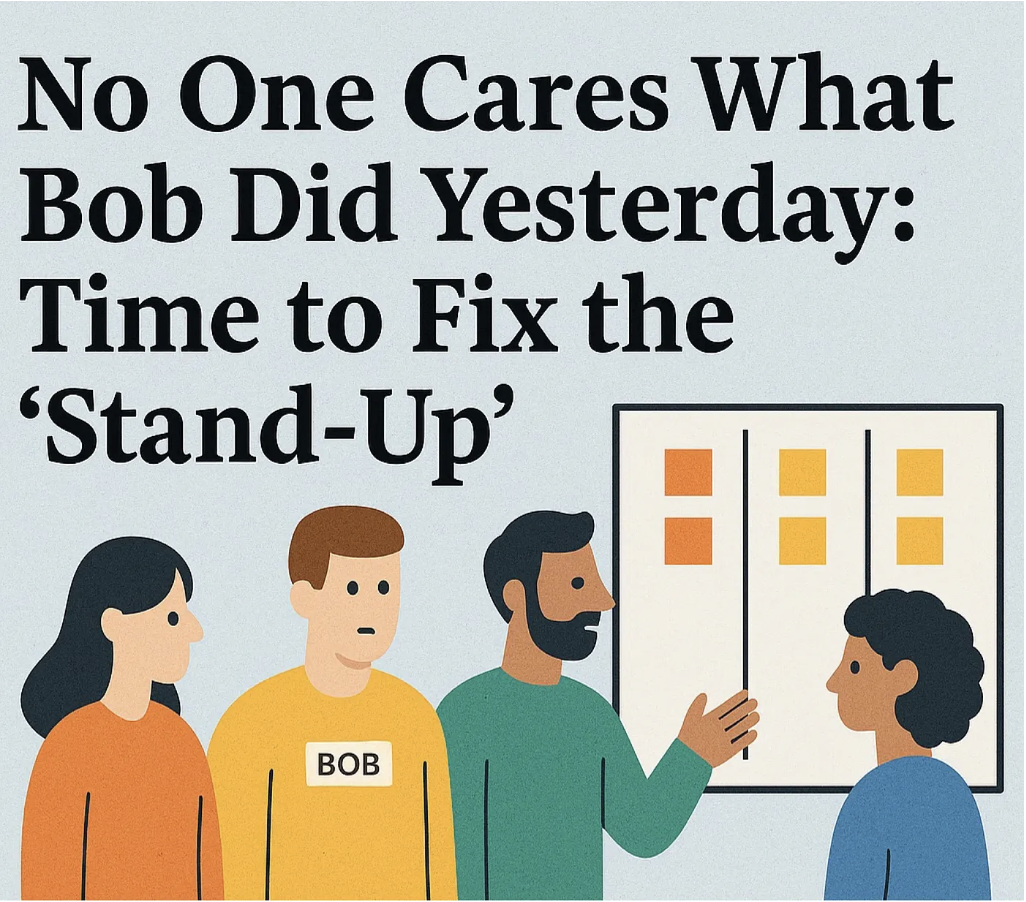Do Work Items Need to Go Through Every Column?
The answer is Yes—but Not Always the Same Way
A frequent question in Kanban training and consulting is: Do all work items need to pass through every column on the board? The answer, from a ProKanban.org perspective, is: Yes—but not necessarily spending time in each.
1. Columns Represent Workflow States, Not Tasks
Each column on a Kanban board represents a workflow state, in other words a condition that a work item can be in, governed by explicit exit criteria. These states are a model of how value flows through your system.
A work item "going through a column" means it satisfies the conditions to move forward. However, if the exit criteria are not applicable (for example a WCAG, UX and UI validation for a backend-only item), the item can pass through that state of "interface validation" instantaneously, recording zero time spent there.
This is not the same as skipping the state. It’s more precise to say the item passes through the state without delay because it already satisfies or is exempt from the criteria.
2. Why This Matters: Policy and Predictability
From a Kanban standpoint, especially as defined by ProKanban.org and in the Kanban Guide, defining explicit policies for how work moves between states is key. When policies are well-defined, it becomes easy to determine whether a work item:
• Needs work in a given state,
• Already meets the state’s exit criteria,
• Or the exit criteria are not relevant to the item.
This improves transparency and aligns with lean thinking: don’t do work that doesn’t add value.
3. Handling Zero-Time States in Metrics
Even if a work item spends zero days in a state, tracking that transition is still valuable for metrics. It reflects the item's path through the system, helping teams analyze patterns in flow with intermediaries cycle time, bottlenecks identification, or adjust how they control WIP (by example with item ageing or WIP limits) realistically.
4. Design for Flow, Not Uniformity
Work items can have different behaviour through the same workflow based on their nature. That’s expected. The goal of a Kanban system is to reflect reality, not to enforce uniformity.
Visualizing these “zero-time” transitions is useful, it reveals where exit criteria and steps are sometimes unnecessary and may prompt refinement of policies or even workflow simplification.
5. Conclusion: All Columns, But Not All the Time
So: Do work items need to go through every column?
Yes, in the sense that they should be evaluated against every relevant workflow state and their exit criteria.
But no, they do not need to spend time in every state.
This nuance preserves the integrity of the workflow model, honors the principle of explicit policies, and supports a truly flow-efficient system.



